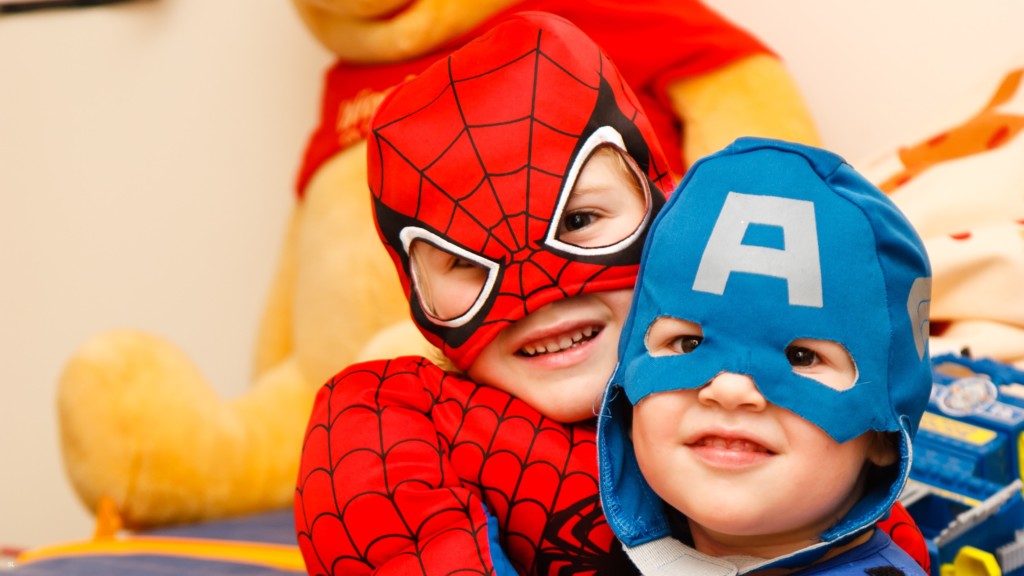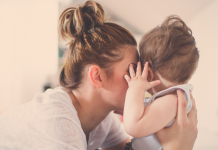At this point, if you haven’t heard of the Netflix hit series, 13 Reasons Why, you may be living under a rock. That being said, it seems as though many parents are unfamiliar with the show’s premise and effect on a national conversation that is taking place among preteens and teens.
I taught high school English for twelve years. When Jay Asher’s book, 13 Reasons Why, debuted, my students devoured it as readily as they are now on Netflix. However, it seemed to resonate more at that time with the “emo” crowd. It didn’t quite make its way past conversations within the educational circle. It has now. That was nearly ten years ago. Then Netflix was a mail-order drop service for DVDs—not the powerhouse media conglomerate that has garnered its own sexual euphemism of “Netflix and Chill.” (By the way, parents? If you don’t know that term, please Google it.)
Co-produced by Selena Gomez (remember the Disney Channel?), the series is posthumously narrated by a high school girl who took her life and left behind thirteen tapes sent to the people she blames for her death. A myriad of sensitive topics is candidly portrayed here. They range from rape, discussions of consent, drug and alcohol use, slut-shaming, cyberbullying, and mental health. It rightfully displays discretion warnings before each episode. The creators admittedly made deliberate choices to graphically depict what happened to Hannah (the narrator) including her sexual assault and suicide.
Since its release, a frenzy of conversation dominates the interwebs among teens, parents, and educators. Mainly the debate rages as to whether or not the series glorifies the act of suicide and whether parents should allow their teens to watch it. As a parent, former educator, and sexual assault survivor, I have wrestled with conflicting opinions on the subject. I forced myself to watch it to fully understand the perspectives of all involved in this conversation. Here are my takeaways:
First and foremost, if you or your teen is also a survivor of sexual assault or attempted suicide, this will trigger a multitude of reactions in your cycle of grief. Its graphic nature does not in any way attempt to subdue the trauma. I waver on the balance between thinking of the film as emotional porn and seeing it as opening the cover on topics around which we have historically tiptoed. The creators, in their post-film documentary, indicated that they wanted the viewer to be uncomfortable with the subject matter—to fully communicate the trauma victims suffer. I understand and respect that. However, I don’t think anyone can truly appreciate the emotional trauma — especially as a teen — until they have walked in those shoes. Admittedly, had they shied away from such a realistic depiction, the series would come off as just one more cliché teen show—thus lessening its impact.
Next, I also recognize the need for meaningful conversations to take place in relation to sexuality, assault, and consent. When a teacher, I increasingly saw this need grow with nationally-known rape cases such as Steubenville, Vanderbilt, and Stanford. Despite this, school administrations here in Tennessee not only discourage these conversations, they forbid them. (Read up on the SB 3310 Bill, otherwise known as the “Abstinence Only” Bill, passed in 2012. The bill prohibits “a Local Education Agency from using an organization or an individual to teach ‘family life’ curriculum if that organization or individual endorses any non-abstinence or ‘gateway sexual activity.’” It continues to define abstinence as “any activity that places an individual at risk for pregnancy or a sexually transmitted disease.”)
I know what you’re thinking, right? Assault and rape are not sexual activity. They are crimes. But under this law, discussing consent and “No Means No” implies that “gateway” sexual activity led them to that point. Therefore, other than in a session with a school counselor—if the student seeks it—Tennessee schools are forbidden from approaching these dire topics.
According to the National Sexual Violence Resource Center, one in five women and one in 71 men will be raped at some point in their lives. And in 8 out of 10 cases? The victim is acquainted with the assailant. Even more disturbing for teen parents? One in five women and one in sixteen men will be sexually assaulted on campus in college. More than ninety percent of campus sexual assault victims do not report it.
Overall, rape is the most underreported crime. A total of 63 percent of cases never get reported to police. As a teacher, I had plenty of leeway to discuss cheating, violence, and a multitude of other hot-topic issues with my students. We studied current events, media bias, and research topics which led to good conversation. However, the very topic that seems most applicable to teens and young adults today happens to be the one in which we cannot address to either young men or women. As much as teachers may see and want to address this with their students? Their hands are tied.
So I get why 13 Reasons Why has resonated so deeply with its targeted demographic. Someone must broach the topic. We live in the land of helicopter parenting and participation trophies. “No” isn’t a word many students hear often. Standards-based grading and the pressure to pass students no matter reinforces a culture of endless parachutes. It supports the belief that, “If I push hard enough, I’ll eventually get what I want.” It’s not difficult to see that this philosophy on life bleeds over into social arenas as well. Students need far more than a singular school counselor to help them tackle this issue.
Ultimately, 13 Reasons Why is a story of mental health—or the lack thereof. Across all ages and spectrums, we desperately lack attention and resources on this topic. The series throws wide open the dark underbelly of mental illness. The movie fully exposes the isolation and hopelessness this stigmatized issue presents. I have two problems with this.
For one, if we aren’t prepared with the right resources to handle these conversations, then we are guilty of exactly what happened to Hannah in the series. Her own counselor brushed off her warning signs. As parents, we need to seek out and learn the warning signs of suicidal tendencies. We cannot be afraid of learning our teens’ truths. So many of us – myself included – see our children’s choices as an extension of our own. In doing so, we tend to sweep them under the proverbial rug. We also want to believe the best about our children. While well-intended, seeing our children as autonomous and fallible human beings makes us much more approachable. It also prepares us for the tough conversations when they don’t make the right choice.
Secondly, I disagree with the author’s choice to have the narrator pin the blame for her suicide on others. Depression is a dark and hopeless place. I know. I have been there. But the choice and responsibility to take one’s own life? That rests alone with oneself. While the circumstances that Hannah endured compounded her own deteriorating mental state, she expected her parents, her friends, and her counselor to read too far between the lines. She depended on them to uncover her motive and desire to take her own life.
The show does a nice job in its post-film breakdown of describing the differences between the developing teenage frontal lobe and an adult’s. As parents, we would do well to remember that they see and interpret conflict and trauma differently for this very reason. But I have an issue with assigning blame beyond the grave to others—when the true culprit is a mental health issue. And I worry about an impressionable generation seeking to gain attention. Heaven forbid they look to suicide as the means to achieve it.
For better or for worse, this series opened the door for long-overdue conversations. Conversation that adults often either dismiss or lack equipping to handle. It’s time to change the way we treat this generation of teens. They have been forced to grow up much faster than we did as kids—thanks to media and technology.
Just this semester, Farragut High School in Knoxville experienced three suicides—two within the last month. A junior student started a petition pleading for the administration to address it. It took three deaths for them to agree to a parent information night. I’ve seen it firsthand as an educator. We were told not to draw attention to suicide for fear of others exhibiting copycat behavior. Well, the kids are already talking about it. They are thinking about it. And they lack the resources and support to guide them through the depression and anxiety that many of them face.
If you are a parent of a teen, don’t forbid them to watch 13 Reasons Why. We all know that will make them want to even more. Rather, sit down with them and watch it together. Be open and ready to listen to their reactions. Ask them: do you identify with any character in this show? Do you feel like this is an accurate representation of what it is like to be a teen? How can I make you feel more comfortable talking to me about these issues?
And do the research on the warning signs of sexual assault, drug use, and suicide. We can’t address these problems overnight. But we can start with the one place it matters the most — right here at home.















